The Japanese superfood described as 'a blueberry on steroids' taking Scotland by storm
With oodles of vitamin C and potassium, honeyberries are being hailed as the new Scottish superfood, but can they find a place in our kitchens?
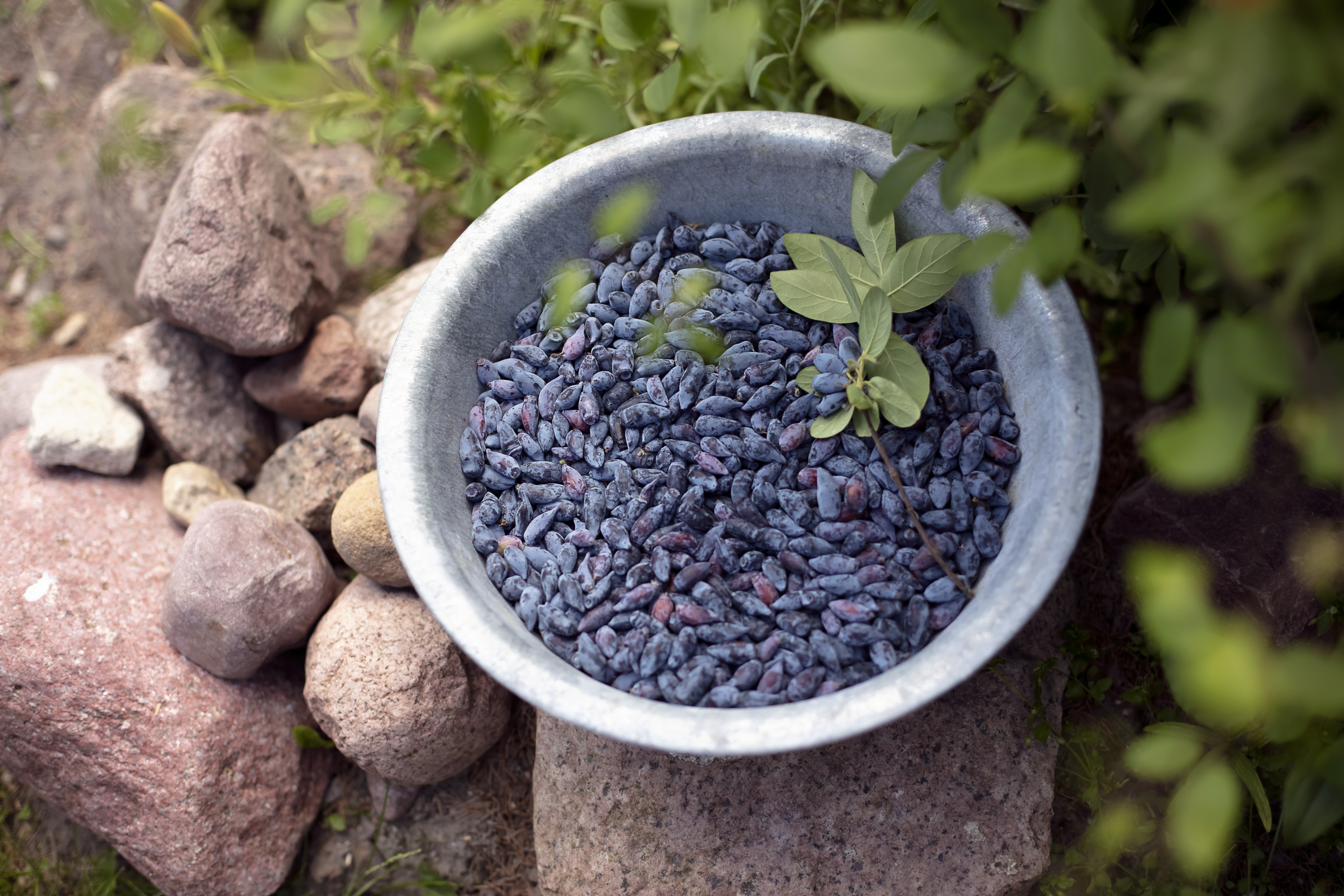
In 2016, a farmer’s son returned from honeymoon in Japan with both his bride and news of a nutritionally magical berry, apparently adding a new legend to Scotland’s rich tradition.
Yet this was no myth. Stewart Arbuckle had been introduced to honeyberries in the colder regions of Japan and could hardly wait to bring tell of them back to the family fruit farm in Invergowrie, near Dundee in Perth and Kinross. Hearsay has it that his suitcase, and the new Mrs Arbuckle’s, returned packed with as many incarnations of the berry, even children’s sweets, as the newlyweds could gather. Word spread and the Scottish Honeyberry Growers co-operative was formed.
Fifth-generation farmer Finlay Hay, a relation of the Arbuckles, was a founding member. Together with other growers — now numbering eight and located from Angus down to the Borders — he planted a honeyberry orchard in 2017, first harvesting in 2021. His family has cultivated the acres around the hamlet of Rhynd, Perth and Kinross, since 1892.
In preparation, Finlay travelled to Poland to meet farmers growing the crop there. The fruit of the honeysuckle Lonicera caerulea, the honeyberry is native to countries in the northern hemisphere, including Russia and Siberia. Growing conundrums included why Finlays’s honeybees were giving these new berries the cold shoulder.
It transpired that, despite their matching monikers, honeybees don’t like honeyberries — or, rather, the wintry weather the berries thrive in, preferring to idle until later crops are ready for pollinating. ‘We now buy in bumblebees,’ says Mr Hay. ‘They arrive in polystyrene hives from Holland, each containing one queen and 25 workers.’
'Perhaps it was youthful enthusiasm, but we underestimated the challenge and every penny we make is still being ploughed back in'
Honeyberries (often jokingly referred to by the Scots as a blueberry on steroids) tolerate temperatures as low as -20˚C and -7˚C when flowering in late March, a rare claim to fame for any fruiting plant. In Canada, they are known as haskap berries, derived from their Japanese name Haskappu, translated as ‘little present on the end of the branch’.
Turnover for the Scottish co-operative is up 100% year on year, with harvest yields following the same trajectory, but financial reward remains elusive. It takes three years for a special cover crop, such as legumes or radishes, to work its magic, bringing soil health to its absolute peak before planting can even take place. Trial and error with spacing and varieties — some lend themselves to jamming, others to freeze-drying — also delayed progress.
Exquisite houses, the beauty of Nature, and how to get the most from your life, straight to your inbox.
‘My other crops are sold through centuries-old distribution channels and I loved the idea of bringing a new product to market,’ reflects Finlay. ‘Perhaps it was youthful enthusiasm, but we underestimated the challenge and every penny we make is still being ploughed back in.’
As a supplier of porridge oats, it’s no surprise to hear that the farmer’s daily routine begins with stirring honeyberries through his warming breakfast bowl. It amuses him how his three children will devour them in any guise, without so much as a pursed lip at the ‘wee bit zingy’ flavour. In fact, Finlay reveals, he has yet to come across a child who doesn’t love the berries. Pupils visit every year via the Royal Highland Education Trust Farm and tours always involve apologies for clothes, hands and faces covered in the purple juice.
Jam-packed with antioxidants, calcium, phosphorous, potassium, phenolic acid and iron, honeyberries not only have twice the vitamin A and four times the vitamin C of blueberries, they also have anthocyanins galore, which are linked to improving older age. It is no coincidence that the Japanese cherish them as ‘the berry of longevity’. One hurdle of growing them, however, has been that they do not keep well as a fresh product and most are frozen within half an hour of harvest. Finlay has repurposed old raspberry harvesters to gather the berries during a two-week window at the end of June and beginning of July.
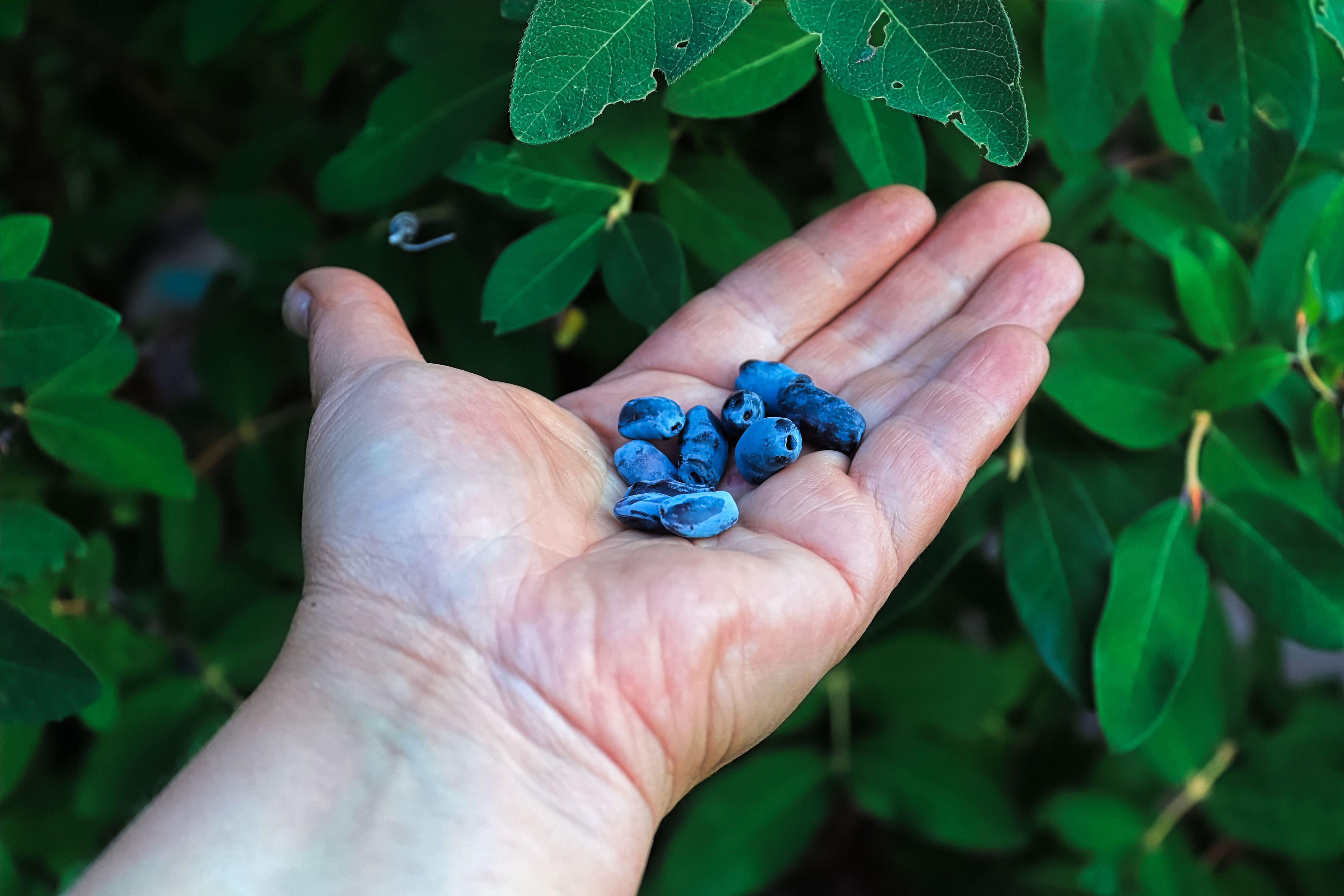
Rather than comparing them to traditional soft fruits, such as strawberries, farmers rank them alongside guava, açai, goji and other ‘health-elixir’ berries. Tasters talk of blueberry, plum and grape with a sherbet sweetness at the front of the palate, picking up a sharper pace by the time it hits the back. Visually, they bring to mind a purple pullover, stretched lengthways by ample girth.
John Wilson has managed the reigning Scottish Arable Farm of the Year, Over Rankeilour Farms at Cupar in Fife, for more than three decades and brings stoicism to his role as chairman of the growers’ co-operative, which offers online sales. ‘Patience has been a virtue, but now we’ve worked out how to grow them, there’s no reason they can’t be successful,’ he believes. ‘Scotland is the ideal home for honeyberries, as they need to shut down in winter and this requires a cold climate — which, of course, we have. Once people hear of them having more vitamin C than an orange and more potassium than a banana, we’ll be away.’
Caroline Black has been working hard to find markets on behalf of the growers, one of whom is her husband, Hugh, who farms at Backboath, near Forfar in Angus. She says it’s their five children, including two sets of twins, who spur her on to help honeyberries reach a wider audience. ‘In summer, we’ll go to the orchard for a picnic and the wildlife is unbelievable, ladybirds and dragonflies galore,’ she reveals. ‘Hopefully, when the children are our age, people will have stopped buying berries from the other side of the world and it will be the norm for them to be eating our country’s own homegrown superfruit. I think we’re all, as a group of farmers, doing this with an eye on the generations to follow.’
Honeyberry sorbet is now sold in Fortnum & Mason and the Gleneagles hotel, Perth and Kinross, serves honeyberry-bejewelled muffins, but the challenge is upscaling. Yet there could be a place for the berry in all our kitchens: Caroline wouldn’t make a salad without a handful and it packs a punch in Asian cuisine. Nothing colours up gin and tonic or Champagne more than a honeyberry or two.
‘Don’t judge each day by the harvest you reap but by the seeds that you plant,’ advised Robert Louis Stevenson — but surely these canny farmers deserve to start seeing the results of their labours.
Sarah Todd is an award-winning journalist with 30 years' experience. A former news reporter and magazine editor, she specialises in rural stories for the likes of Farmers Weekly, Farmers Guardian, The Daily Telegraph, Country Life and many more. She is a long-standing Guild of Agricultural Journalists member.
-
 A Georgian farmhouse that's an 'absolute gem' in an ancient village on Salisbury Plain
A Georgian farmhouse that's an 'absolute gem' in an ancient village on Salisbury PlainJulie Harding takes a look at the beautiful West Farm in a gorgeous Wiltshire village.
-
 Can you guess the landmark from its gingerbread copy cat? Take our quiz
Can you guess the landmark from its gingerbread copy cat? Take our quizToday's quiz takes a detailed look at the gingerbread works on display at London's The Gingerbread City — and asks if you can guess which iconic landmark they are.
-
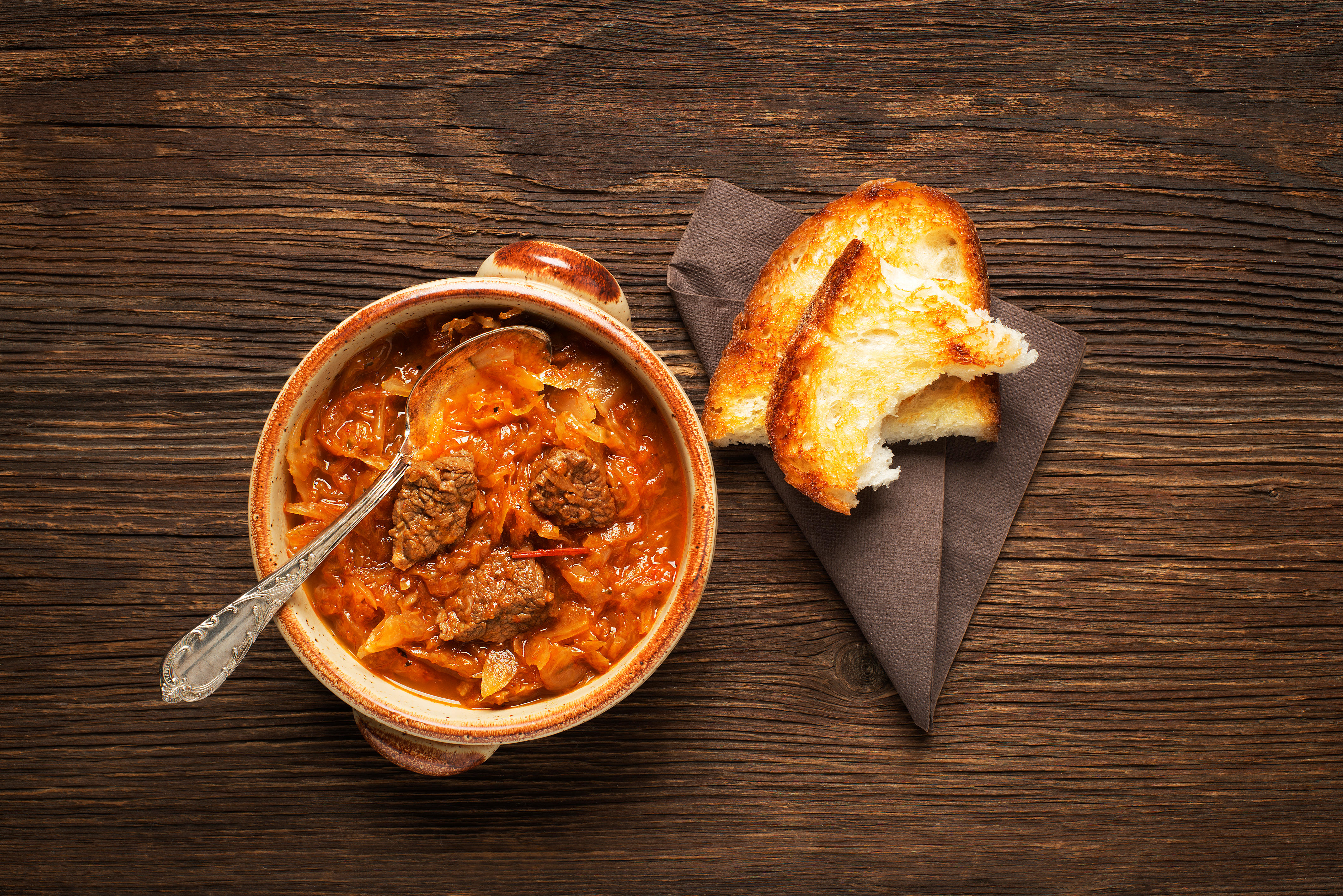 A paprika-spiked goulash recipe to keep you warm as the nights draw in
A paprika-spiked goulash recipe to keep you warm as the nights draw inThe classifications of the Eastern European country’s rustic, paprika-spiked gulyás stews are as multitudinous as they are delicious, proclaims Tom Parker Bowles.
-
 What is everyone talking about this week: Is the Golden Age of fine dining over?
What is everyone talking about this week: Is the Golden Age of fine dining over?It currently costs a restaurant around £35 to procure a Dover sole, but they cannot list said fish for anymore than £45. So, does the current financial climate spell an end to fine dining?
-
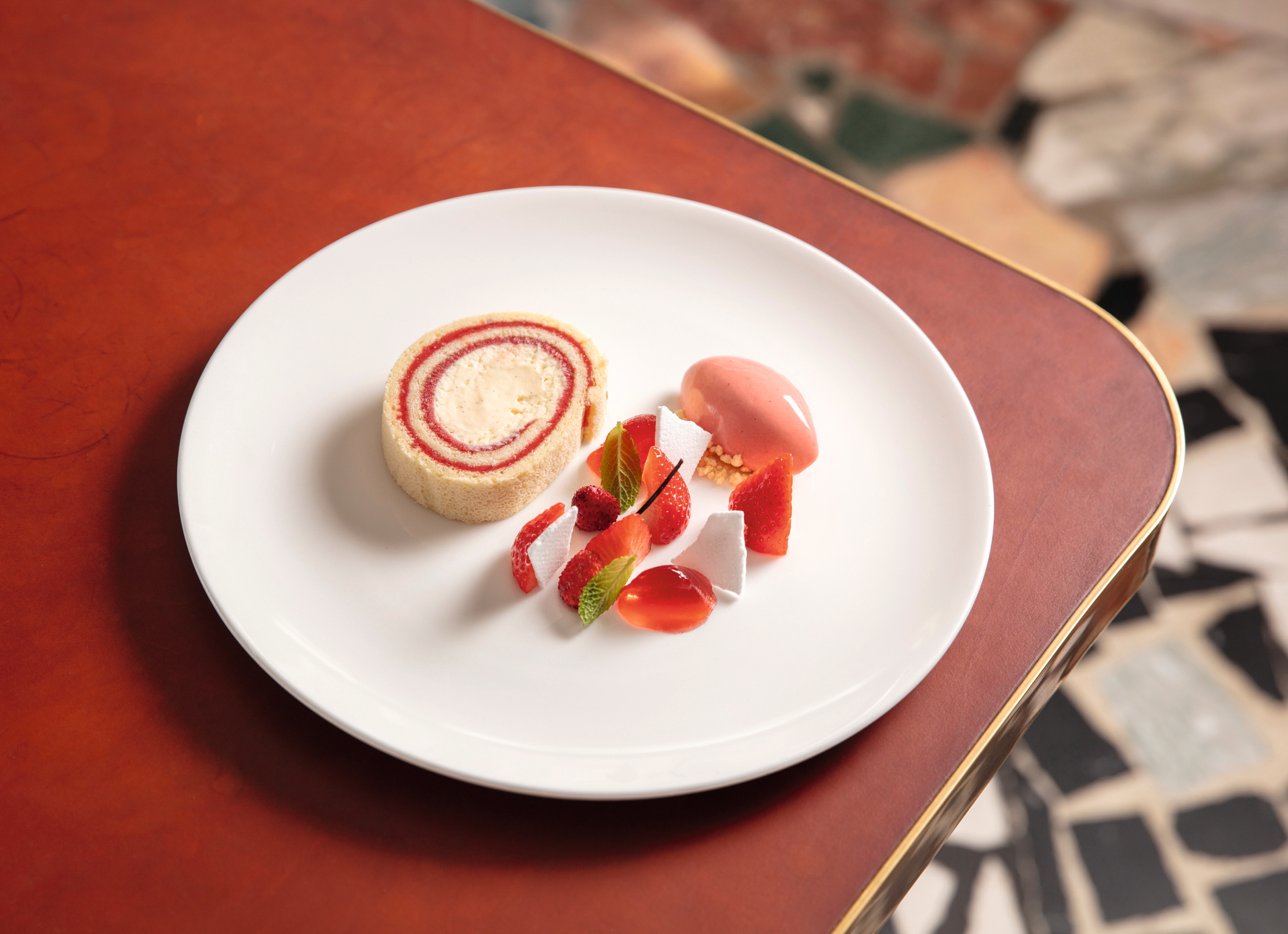 No more froths, no more foams, no more tweezers. Classic dining is making a comeback. Thank god
No more froths, no more foams, no more tweezers. Classic dining is making a comeback. Thank godFrom prawn cocktail and Arctic roll to starched tablecloths and ‘nicotine cream’ on the walls, it’s out with the new and in with the old in the restaurant world
-
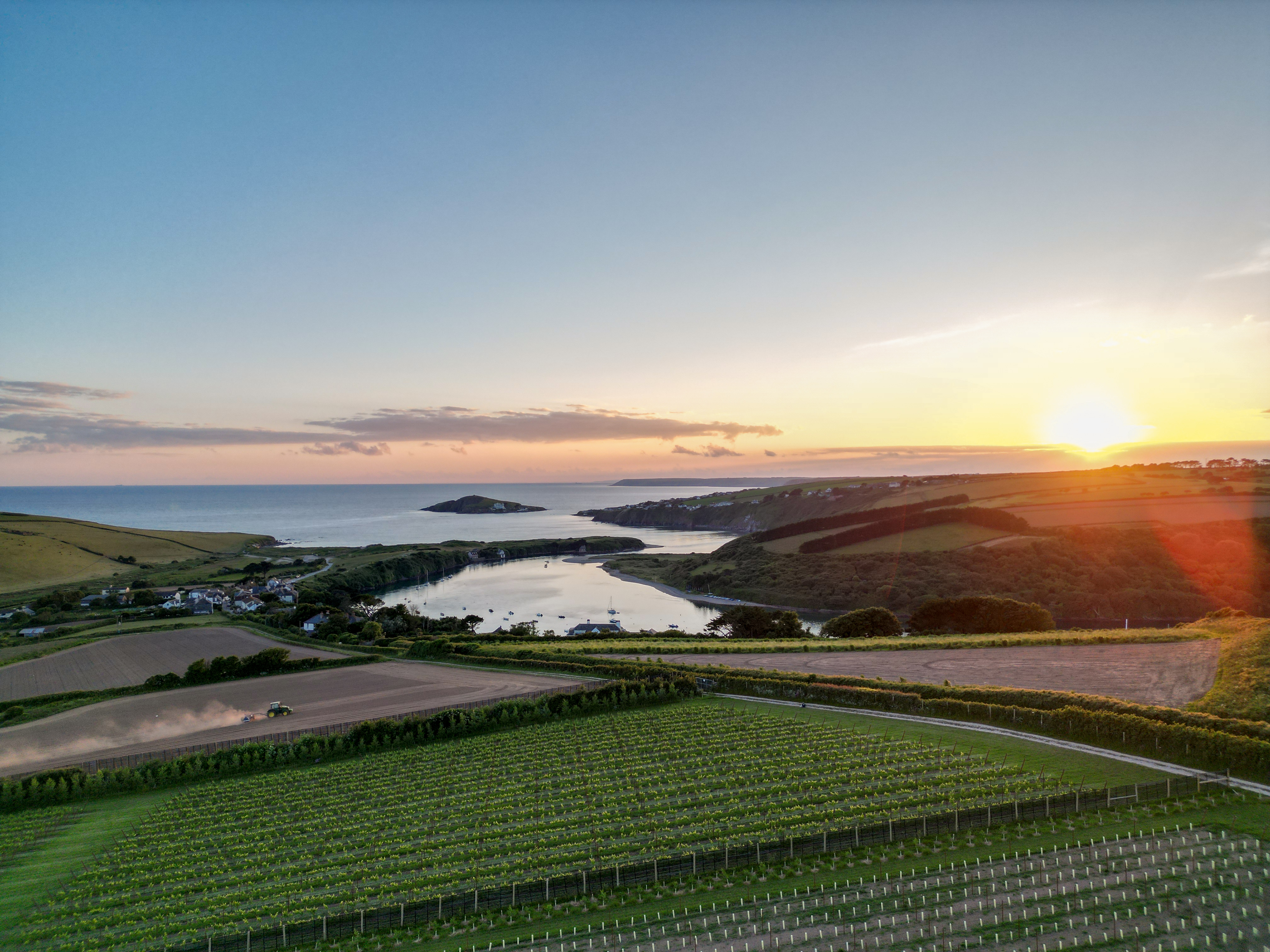 A vineyard for sale on the slopes above 'the best beach in Britain' is for sale at just £650,000
A vineyard for sale on the slopes above 'the best beach in Britain' is for sale at just £650,000In the beautifully unspoilt Devon village of Bantham, an award-winning vineyard is for sale. Toby Keel takes a look.
-
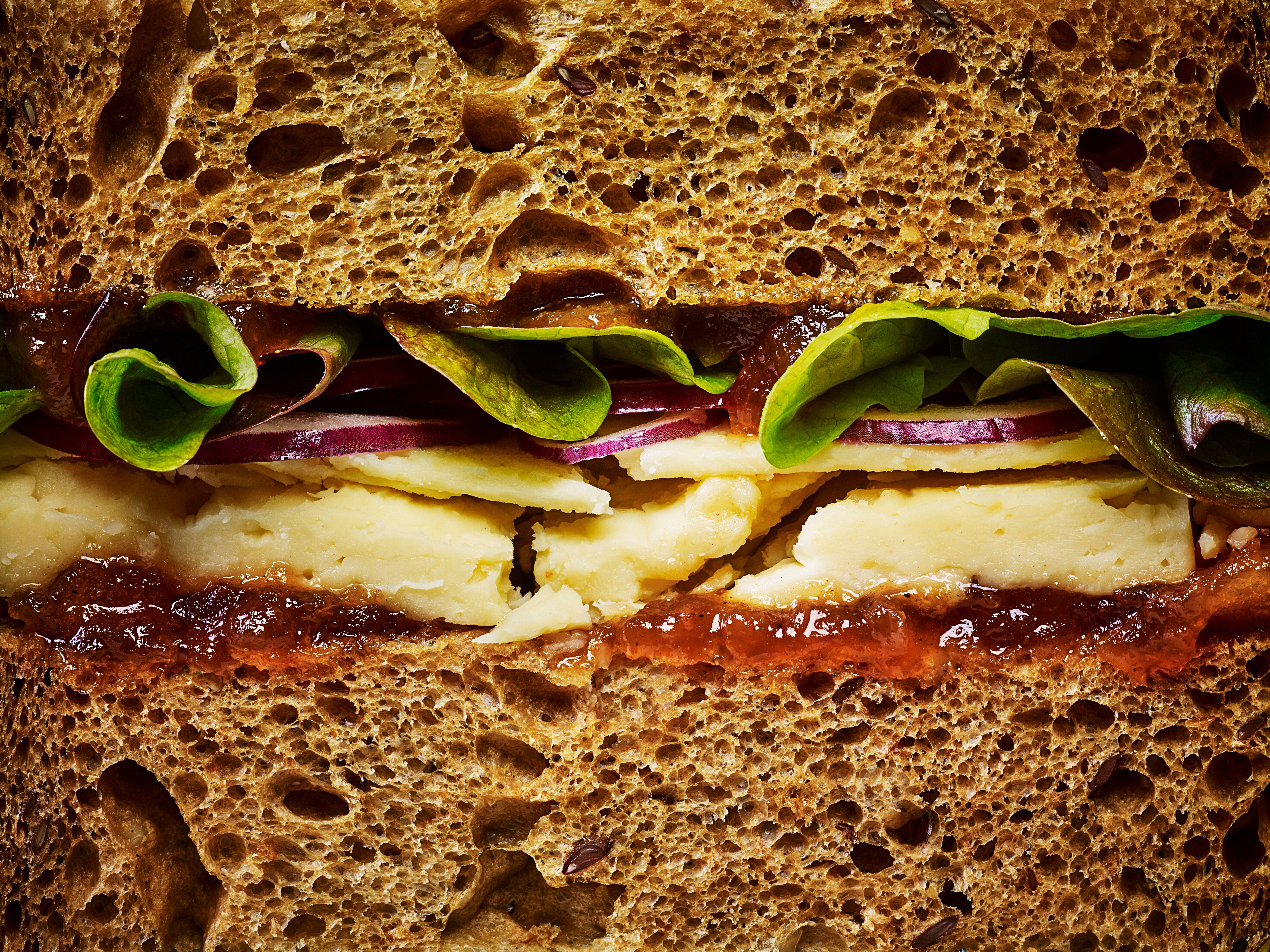 The nine best sandwiches in London, tried, tested and digested
The nine best sandwiches in London, tried, tested and digestedThe sandwich is back and it's bigger and better than ever. David Ellis reveals where to find the best ones in London.
-
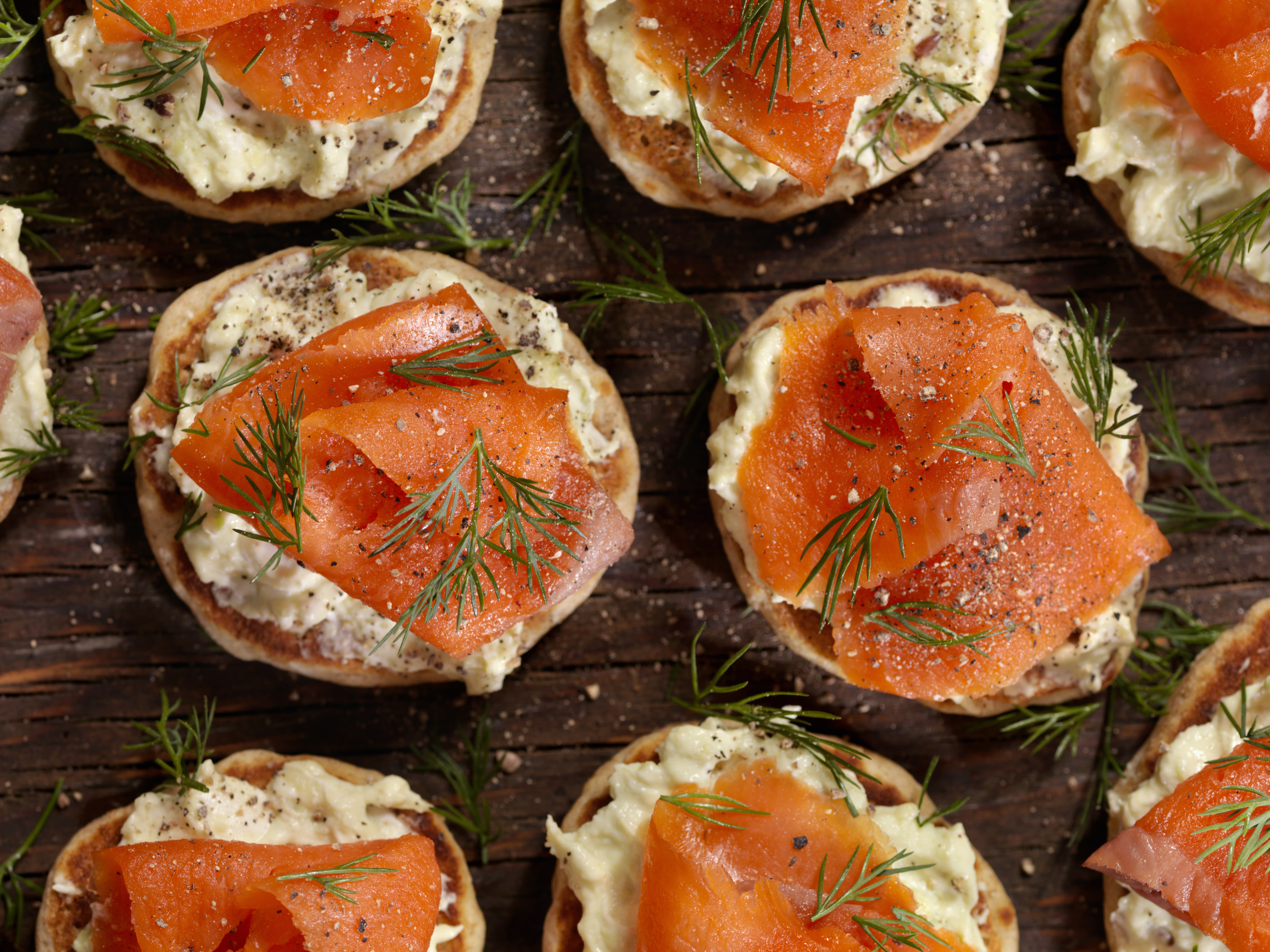 'Someone once proffered a tray and said to me: "Would you like an eat?" I’m not sure I’ve ever seen that person again': A snob's guide to canapés
'Someone once proffered a tray and said to me: "Would you like an eat?" I’m not sure I’ve ever seen that person again': A snob's guide to canapésTeeny, tiny food can throw up some big problems, says our modern etiquette columnist.
-
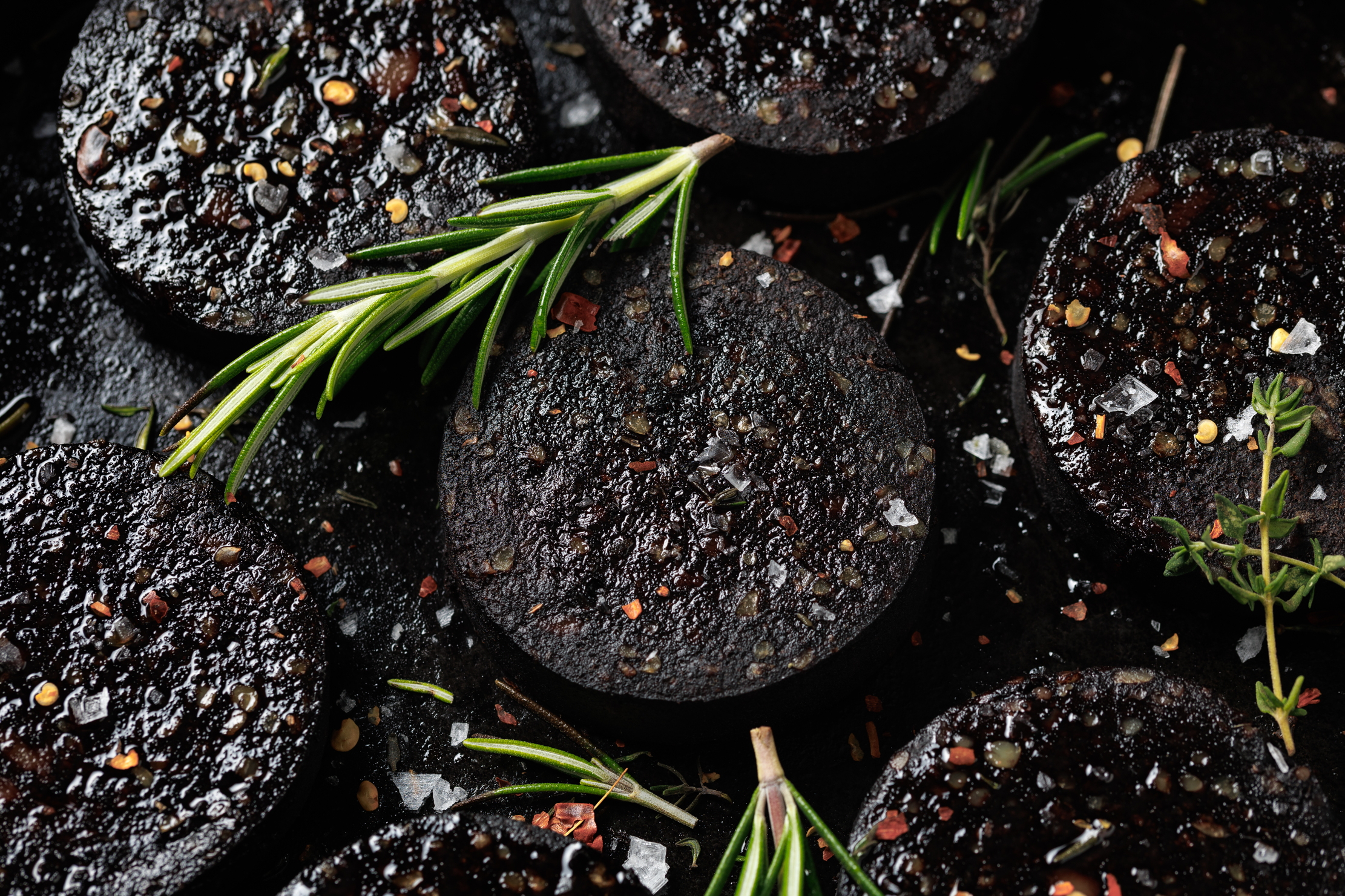 Made with porpoise blood, eaten with beaver tail: The not-so-normal history of the black pudding
Made with porpoise blood, eaten with beaver tail: The not-so-normal history of the black puddingAncient, but still popular, both very global and very local, much loved and at one point fiercely disdained. Bound up within the beloved black pudding there’s so much culture, so much history, and so many stories.
-
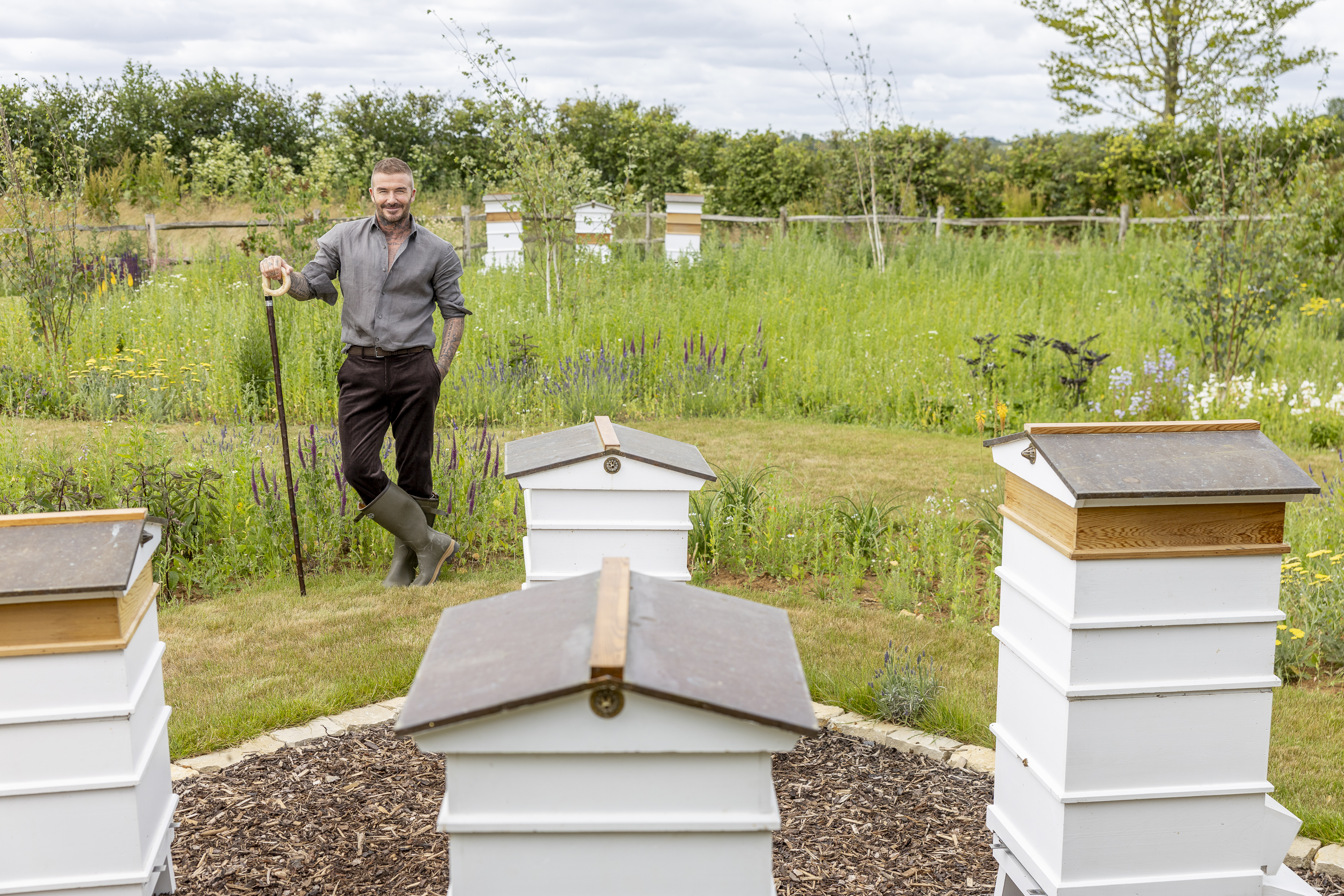 'My sister Catherine shares a love of bees and has a few hives herself': James Middleton, Jamie Oliver and Sir David Beckham on the pleasures of harvesting your own honey
'My sister Catherine shares a love of bees and has a few hives herself': James Middleton, Jamie Oliver and Sir David Beckham on the pleasures of harvesting your own honeyBeekeeping is a star-studded hobby and has much to offer, finds Jane Wheatley.